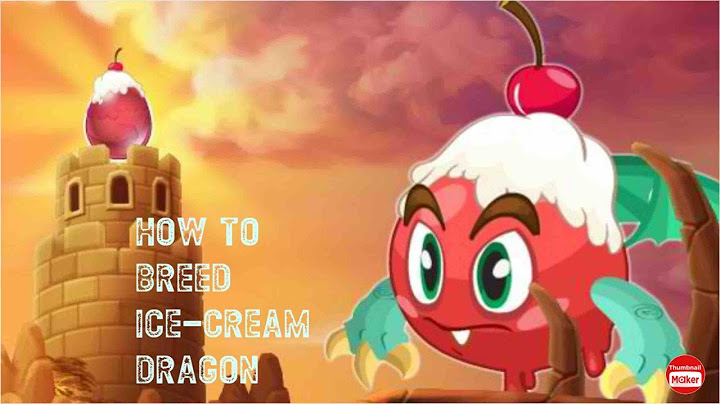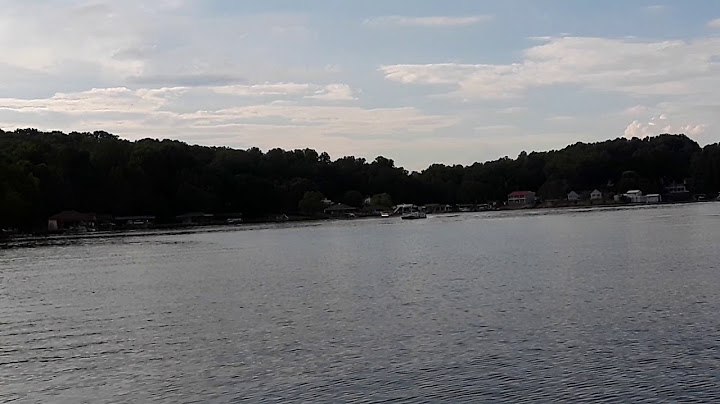B. Sequence of Operation Show The steps in the sequence are as outlined below. When power is supplied, the red "POWER OK" LED on the control board comes on. A 5-second delay occurs at startup. Note that the order of the LEDs from the outer edge of the board is 1, 4, 3, 2. 1. One Minute Fill CycleLED 4 is on. WV opens and the fill period begins. After 1 minute, the board checks for a closed F/S. If F/S is closed, the harvest cycle begins. If not, WV will remain energized through additional 1 minute cycles until water enters the sump and F/S closes. This serves as a low water safety to protect the PM. 2. Initial Harvest CycleLEDs 1, 4, and 2 are on. WV remains open, Comp and HGV energize. The control board monitors the warming of the evaporator via the thermistor located on the suction line. When the thermistor reaches 48°F (9°C), the control board reads a 3.9 kΩ signal from the thermistor and turns harvest termination over to the adjustable harvest timer (S4 dip switch 1 & 2) which is factory set for normal conditions. The harvest timer has settings of 60, 90, 120, and 180 seconds. For details, see "II.C.3.b) Harvest Timer (S4 dip switch 1 & 2)." When the harvest timer completes its countdown, the harvest cycle is complete and the freeze cycle starts. The minimum total time allowed by the control board for a complete harvest cycle is 2 minutes. WV is energized during harvest for a maximum of 6 minutes or the length of harvest, whichever is shorter. At the end of harvest, the control board checks the position of F/S and proceeds to the freeze cycle if it is closed or calls for a 1-minute fill if it is open. 3. Freeze CycleLED 1 is on. Comp continues to run, PM and FMS energize, HGV and WV close, and the freeze cycle starts. For the first 5 minutes the control board will not accept a signal from F/S. This 5 minute minimum freeze acts as a short cycle protection. At the end of 5 minutes, F/S assumes control. As ice builds on the evaporator the water level in the sump lowers. The freeze continues until F/S opens and terminates ice production. 4. Pump-Out CycleLEDs 1, 3, and 2 are on. Comp continues to run, HGV opens, and FMS de-energizes. PM stops for 2 seconds and reverses, taking water from the bottom of the sump and forcing pressure against the check valve seat allowing water to go through the check valve and down the drain. At the same time, water flows through the small tube to power flush the F/S. When the pump-out timer (S4 dip switch 3 & 4) stops counting, the pump out is complete. The 1st pump out occurs after the 1st freeze cycle. The pump-out frequency control (S4 dip switch 5 & 6) is factory-adjusted to drain the water tank every 10th cycle thereafter, and no adjustment is required. However, where water quality is bad and the icemaker needs a pump out more often, the pump-out frequency control (S4 dip switch 5 & 6) can be set to have a pump out occur every cycle, or every 2, 5, or 10 cycles. For details, see "II.C.3.d) Pump-Out Frequency Control (S4 dip switch 5 & 6)." 7 How does Hoshizaki ice machine work?The freeze cycle on Hoshizaki KM ice machines is controlled by water level. As the ice is being formed on the evaporator the level of water in the reservoir drops. Once it has dropped low enough to open the float switch the freeze cycle is terminated and the pump out or harvest cycle begins.
What initiates the harvest cycle on Hoshizaki ice machine?When the float switch opens and signals the completion of the freeze cycle, the harvest cycle begins. The hot gas valve opens and the compressor continues to run. The drain timer starts counting the 10/20 second pump out.
What is the harvest cycle on an ice machine?Harvest cycle - Heater: Closing this switch turns on the mold body heater underneath the icemaker. As the coil heats up, it warms the bottom of the ice mold body just enough to loosen the ice cubes from the mold.
How long does Hoshizaki Ice Maker take to make ice?A 60 minute freeze time will utilize all the water in the reservoir to make ice and possibly cause the pump to suck air or cavitate (form bubbles) towards the end of the cycle.
|

Related Posts
Advertising
LATEST NEWS
Advertising
Populer
Advertising
About

Copyright © 2024 moicapnhap Inc.


















